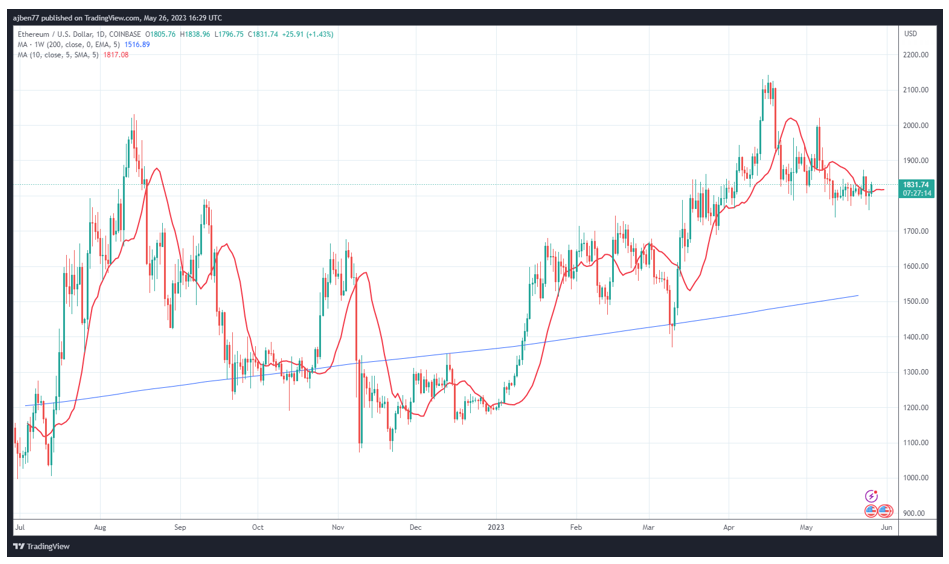Uncle Sam’s Unacknowledged Defaults
 |
| By Juan Villaverde & Alex Benfield |
With the debate over America's debt ceiling heating up, it seems that everyone has the magic formula to prevent an unprecedented default on the U.S.' obligations.
Established in 1917 as a way to pay for World War I without annual budgeting, the debt ceiling is the Congressionally approved limit to how much the U.S. government is allowed to borrow.
Raising the debt ceiling is usually a routine matter where Congress votes on a new limit once the established one has been reached.
However, in the past decades, the debt ceiling debate has been tied to general budget negotiations in Congress, with the threat of not raising the debt ceiling — and thus not allowing the U.S. government to borrow enough to cover its spending or pay off its debts — now on the table with increasing frequency.
That threat tends to send economists into a panic. But if you’re in the know, you’re probably experiencing déjà vu.
Indeed, all these “financial wizards” fail to mention that America has already defaulted twice on its commitment to government bondholders.
Our first stop on this historic journey is April 5, 1933, when President Franklin D. Roosevelt signed Executive Order 6102. This confiscated private gold and set the stage for the first U.S. default.
Fast forward to 1971, and you’ll find our second dance with default. This was the year President Richard Nixon's televised declaration severed all links between the dollar and gold.
Now let’s jump back to the present. It’s 2023, and the alarm bells are ringing again.
But wait … this has nothing to do with the current debates around the debt ceiling. In a fiat money system, the U.S. could, theoretically, just print the money needed to repay its debts.
Sounds simple, right? Not quite.
This year, the U.S. fiscal deficit is set to reach an astounding $2 trillion. The result is a tidal wave of bonds hitting the market, with the hope that eager buyers will materialize.
But with the norms shifting and trillion-dollar deficits becoming routine, the market might soon face a buyer shortage.
Consider this: In the first quarter of 2023, interest payments on America’s public debt reached $928 billion — almost at par with defense spending.
With interest payments exceeding 3% of GDP, the U.S. economy must grow by more than 3% just to cover the interest on accumulated debts.
Now, the Federal Reserve has been picking up the slack by buying up the unwanted bonds. However, the paradoxical consequence is that it’s likely America's national debt will soon be owned by its own government via the Fed.
If the fiscal situation continues to degrade, the U.S. may resort to full-fledged debt monetization, marking a third historical default.
Repaying its debts by debasing its currency seems to be the only route left for the U.S. — a pattern eerily similar to fallen empires of the past.
The repercussions of the debt ceiling issue are likely to inflict irreversible damage on the credibility of the U.S. government, leading to a crisis of confidence in the bond market and widespread debt monetization.
But not all hope is lost. The only safe haven in this scenario is to invest in hard assets like Bitcoin (BTC, “A-”), gold or real estate.
So, as we stare down the barrel of a potential default, it's a critical time for both investors and policymakers.
The question isn't just about whether the debt ceiling will be raised. It’s also about the long-term implications of America's fiscal policies.
History may be poised to repeat itself. In response, it’s time to brace ourselves and plan accordingly.
Now here’s Alex with some happier news regarding the current state of the crypto market.
A Twist in the Market Tale
The end of May brings with it a breath of fresh air and a twist in the tale for the financial world.
Over the course of this week, all the analysts here at Weiss have kept an eagle eye on the developing discussions surrounding the U.S. debt ceiling. Thankfully, the specter of a potential default — which has long haunted the markets — seems to be retreating.
Gossip mills are churning out whisperings of a preliminary handshake deal reached between the two political parties, easing the tension that was slowly turning into a palpable dread.
In fact, this debt ceiling drama might just be the nudge the crypto market has been craving.
After a spell of downturn and stagnation, a rally could be on the cards. This could be the energetic push the market leaders Bitcoin and Ethereum (ETH, “B”) need to overcome their inertia and gather some positive momentum.
Currently, both of our crypto market leaders are still on the bullish side of the ledger for the year. But this isn’t a guaranteed position.
To safeguard their bullish stance, a spirited charge toward their yearly highs in the next rally is crucial.
In tandem with the diminishing worries around America potentially defaulting, Bitcoin looks like it might have found a bottom to its recent slump. Bouncing off its 200-week moving average on Wednesday, it has been slowly climbing by 2.5% in the past two days.
Presently, Bitcoin has maintained its stance above its 200-week MA, which hovers just over $26,000. However, it needs to break free from the grip of its current trading range. If not, it risks sliding below this key metric in the days ahead.
The yearly high for Bitcoin is set at around $31,000 as of April 14 — a mark that's only about 16% above the current price.
So, it's not a Herculean task. A little nudge in the right direction could catapult Bitcoin toward this level.
The question now is whether Bitcoin can summon this momentum in the week to come. Only time will tell.
Meanwhile, Ethereum has been trading at or just above $1,800 for the past 15 days. And it will need to close above $1,900 to get out of this trading range.
To get back to its yearly highs, ETH needs to climb a little over 16%. With just a relatively small rally, ETH could easily achieve this.
For now, $1,800 will need to hold as support over the weekend to keep ETH from slipping further and falling out of bullish territory.

Click here to see full-sized image.
After weeks of inaction, it's starting to look like this market is ready to move. Indeed, we could see the start of the next rally anytime in the next few days.
Although we shouldn’t expect too much excitement or trading during this holiday weekend, all eyes will be on the key resistance levels next week.
Let's hope for some positive momentum here soon.
Best,
Juan & Alex


